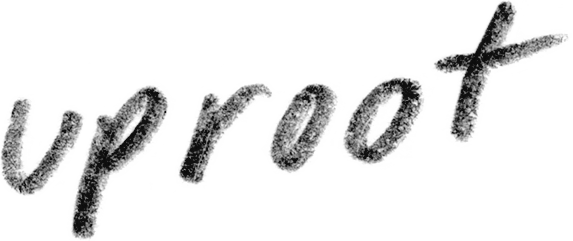Are the Napa Valley vintages with perfectly dry, sunny growing conditions the only ones worth drinking? They are easier for the viticulturist and winemaker to produce for sure. And as consumers, we are led to believe that the concentrated red and black fruits, soft tannins and full-bodied wines that are produced in these years are to be prized above all others. They are certainly delicious.
Why then, in vintages with less than ideal weather, do the wines find big supporters among certain groups of sommeliers and die-hard wine enthusiasts? Cooler years bring out a complex palate of aromas and flavors. With cabernet sauvignon – as with any grape – there is a development of flavors that comes with ripeness. Cabernet sauvignon has natural herbaceous flavors that fade as the grapes sit on the vine. With less sun or a vintage cut short by rain, a touch of fresh grass or forest floor can add an extra layer of complexity to the fruit flavors.
Those wines that do not have complexity rooted in herbaceous-ness have varied fruit flavors ranging from raspberry to red cherry to black currant that make the wines much more interesting. Since the grapes often retain more acidity in these cooler years, the wines are generally brighter with refreshing balance as well.

The year, 2011, was one such “less than ideal” vintage, with its cooler summer followed by fall rains. There were calls for consumers to avoid the wines. When the town criers come out warning to avoid a whole vintage, however, let your palate be the judge.
Several consumers joined local winemakers at the latest St. Helena Star/Napa Vintners Tasting Panel at The Culinary Institute of America at Greystone. In tasting through four flights of Napa Valley cabernet sauvignon from the 2011 vintage, they did just that — used their palates as their guide.
“I kept hearing that 2011 was the vintage to avoid,” said panel guest Eric McAllister, “and I cannot believe how good these 2011 wines are. Yes, there is variation, but there are some I would love to have in my cellar.”
Trade panelists agreed. Peter Stoneberg, wine club manager of the San Francisco Yacht Club, recommended the wines saying, “There are good values in here. These wines were written-off by investors, but 2011 is coming into its own. Don’t expect a huge body and high alcohol, but you have to try one.”
Vintner Alan Viader of Viader Vineyards & Winery preferred the wines that respected the vintage, stating “Some of the wines embraced a floral or spicy component, or a freshness, green brightness. Others, picked after the rains, were pushed beyond balance, past the threshold.”
Is every wine more interesting, more complex? Of course not, but neither are the wines equally rich and expressive in a “great weather” year. In 2011 some vineyard sites took the brunt of the bad weather, and a few vintners did not make their top wines.
This is not the first time that a vintage has been initially dissed, with a reassessment years later showing us differently. This occurred memorably with the cool and wet 1998 vintage, which followed the wildly popular sunshine-blessed 1997 wines. Yet the 1998s held up beautifully over the years, with bright fruit and balancing acidity while the soft, rich goodness of the 1997s has been fading much more quickly.
The cooler vintage-phobic need only be reminded: our vineyard crews and winemakers are trained to make great wine. With premier education and top equipment at our disposal, Napa Valley has the possibility of making fine wine even when the weather does not cooperate.
Favorite wines of the 2011 retrospective tasting
Uproot Wines 2011 Cabernet Sauvignon Napa Valley ($78)
Greg Scheinfeld and Jay Levy have created something different, which is not an easy task in this business. Their website has an interesting vibe, and their wine bottles are unique: the color gradation on the labels gives you an idea of the expected flavors and their intensity. Did our flavors match theirs? The 2011 label starts with raspberry (check), followed by tobacco (check), cherry (check), intense blackberry (check) and a spot of dark chocolate (not so much). Pretty much on par.

